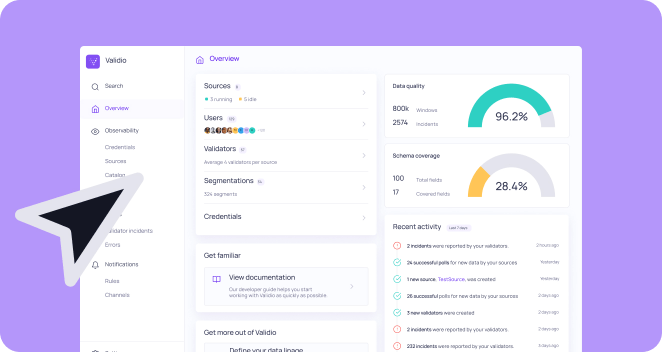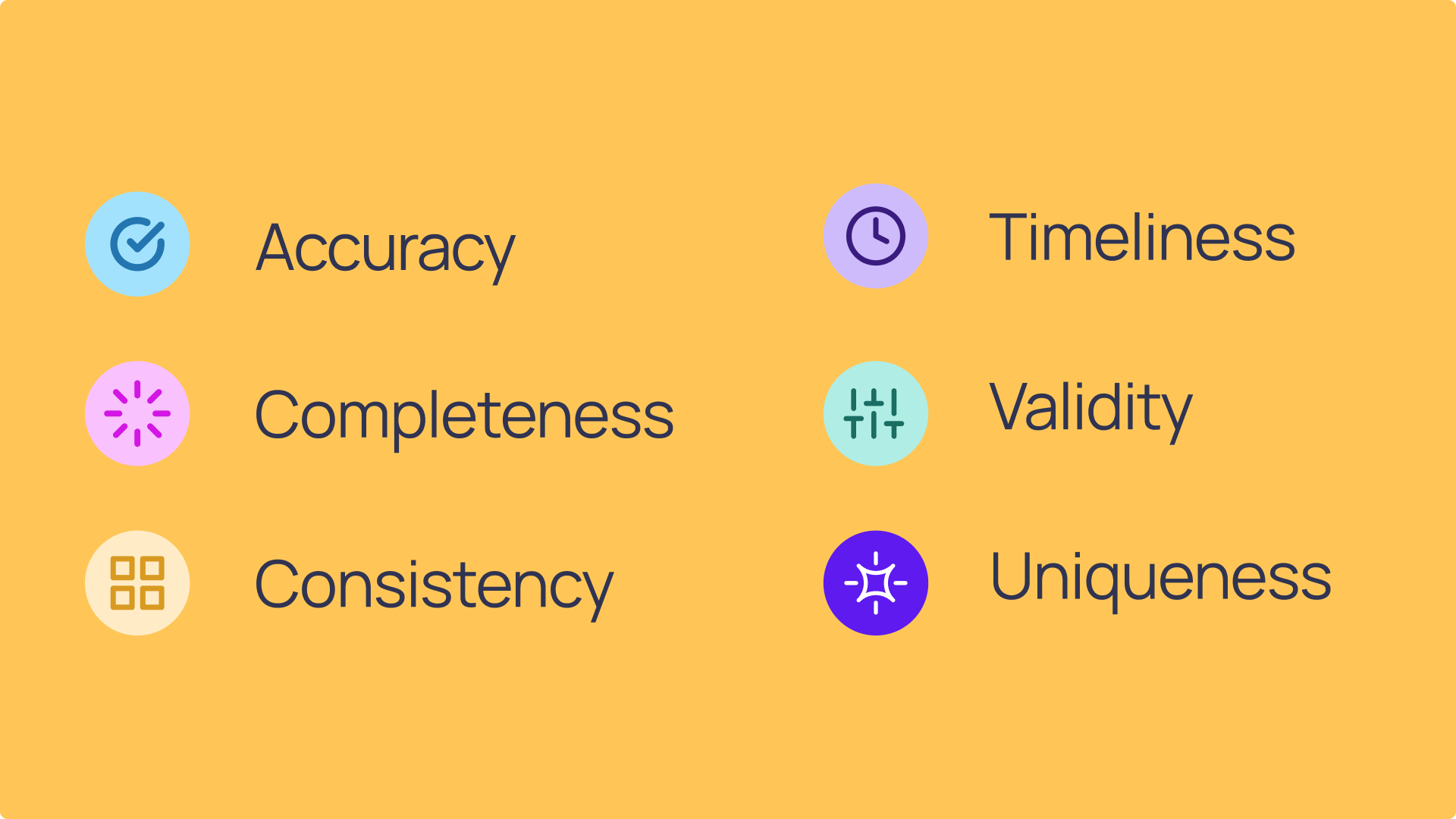The 6 dimensions to consider when assessing data quality. Read more in the Ultimate guide to data quality.
5 real-world examples of poor data quality
Case study 1: Unity's $110 million ad targeting error
Unity Technologies, known for its real-time 3D development platform, experienced a severe misstep with its ad targeting services. A malfunction in their data algorithms led to inaccurate ad targeting, resulting in substantial revenue loss and disgruntled advertisers. This miscalculation undermined advertiser trust and led to a loss of approximately $110 million. CEO John Riccitello outlined the implications of the incident, noting:
- A direct effect on revenue streams.
- Expenditures related to the restoration efforts, including rebuilding and retraining of models.
- Postponed feature launches that could drive revenue, as resolving data quality issues took precedence.
Case study 2: The fatal Boeing 737 Max catastrophe
Boeing, a leader in aerospace engineering, faced a critical challenge with its 737 Max aircraft, leading to a profound reevaluation of software integration in aviation safety. In this instance, a failure to adequately consider and communicate changes in the aircraft's Maneuvering Characteristics Augmentation System (MCAS) software played a central role in two tragic accidents. This oversight highlighted the importance of data integrity and transparent communication in complex system design.
- Refined software protocols: Post-accident, Boeing enhanced the 737 Max software and introduced stricter testing to ensure robust flight safety.
- Upgraded training programs: The incidents highlighted the necessity for detailed pilot training, incorporating simulator experiences for mastery of new software.
- Strengthened review processes: In collaboration with regulators, Boeing enhanced the review and certification procedures for new aircraft, prioritizing transparency and rigorous safety standards.
Case study 3: Uber’s fare calculation blunder
In 2017, Uber made headlines admitting that it had underpaid its drivers in New York City by tens of millions of dollars due to a data error in its fare calculation system. The error, which lasted for more than two years, resulted in Uber taking a higher commission than it should have from the drivers’ earnings. Uber had to refund the drivers and pay a $20 million settlement to the Federal Trade Commission for misleading drivers about their potential income.
The error's ripple effect was profound:
- Financial restitution: Uber had to refund drivers to fix the earnings discrepancy, highlighting the costly consequences of inaccuracies in data.
- Regulatory repercussions: The Federal Trade Commission slapped Uber with a $20 million settlement for misleading drivers about their earning potential, underscoring the regulatory risks associated with data mishandling.
Case study 4: UK's COVID-19 data error
Amid the COVID-19 crisis, the UK's data infrastructure faced a crucial test when almost 16,000 cases were left unreported. At the heart of this was a simple yet impactful flaw: a spreadsheet that could not handle the volume of data required. As a result, essential contact tracing activities suffered delays, creating gaps in the effort to control the spread of the virus. Public Health England's systems were suddenly under the microscope, exposing a need for data management solutions that could keep pace with surging demands.
Immediate outcomes:
- Disruption in disease tracking and response practices, resulting in public health repercussions.
- Intensive examination of data management capacity and system resilience.
Case study 5: The 2020 US Census self-response discounts
The 2020 US Census was marked by innovative efforts to improve participation rates, including the strategic use of discounts to encourage self-response. Despite good intentions, the execution stumbled, with reliance on out-of-date data models causing ineffective resource distribution. By directing incentives to areas with already high compliance, the Census Bureau inadvertently overlooked communities in greater need of support.
Consequential outcomes:
- Misdirected resources that impacted census integrity and overall success.
- Escalated needs for community engagement and corrective data measures, straining operational workflows.
These cases make one thing abundantly clear: meticulous attention to data quality is vital in any sector. It's the fine line between success and failure, impacting everything from safety to financial health.






